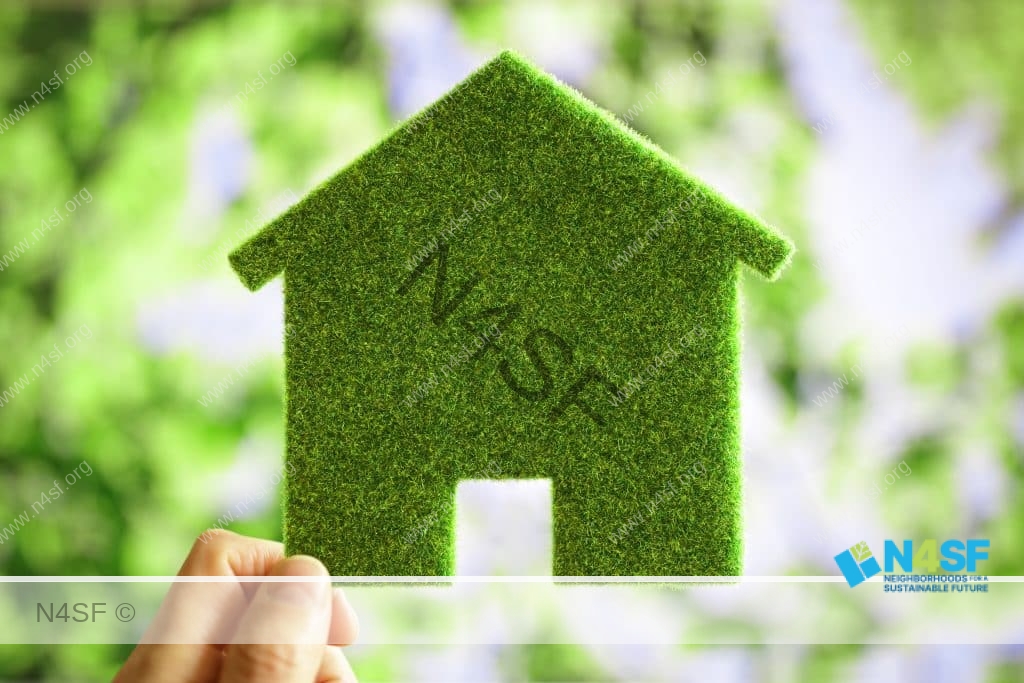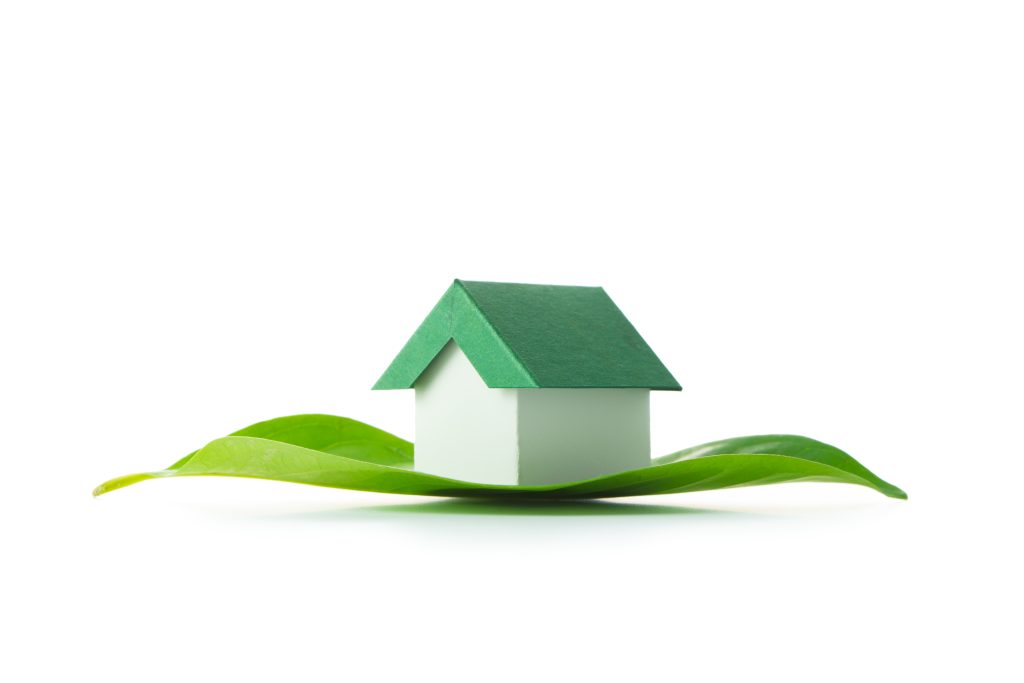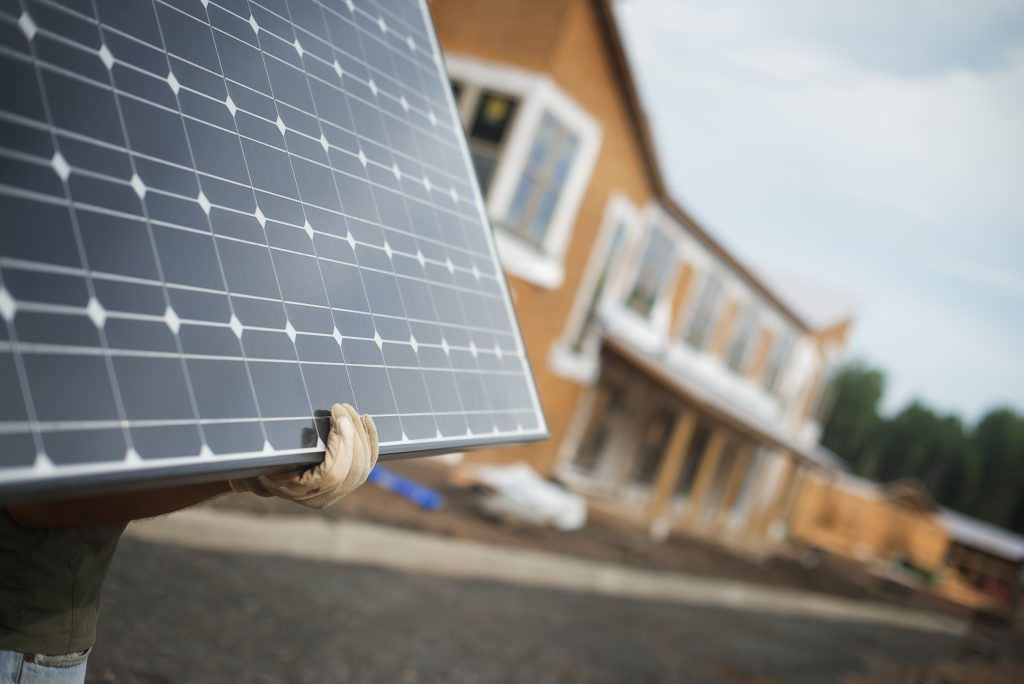In today’s world, the question what does sustainable mean in a house in 2023 has been gaining popular grounds.
Sustainability has become a key consideration in various aspects of our lives, including the construction and design of houses.
A sustainable house aims to minimize its environmental impact while providing a comfortable and healthy living space for its occupants.
We will delve into the concept of sustainability in housing, exploring its various aspects, and providing website references for further reading.
We will also discuss the pros and cons of sustainable houses.
Energy Efficiency:
Energy efficiency is a cornerstone of sustainable housing.
It focuses on reducing the amount of energy consumed in a house while maintaining comfort levels for its occupants.
By implementing energy-saving technologies and design features, sustainable houses aim to minimize energy waste and reliance on non-renewable energy sources.
Proper insulation is essential in energy-efficient houses.
It helps maintain a consistent indoor temperature, reducing the need for excessive heating or cooling.
High-performance windows with good insulation properties further prevent heat transfer, resulting in reduced energy usage for HVAC systems.
The U.S. Department of Energy’s Energy Saver website provides comprehensive information on energy-saving techniques, technologies, and tips for homeowners.
Utilizing renewable energy sources is another significant aspect of energy efficiency.
Installing solar panels on the roof allows homeowners to generate clean electricity from sunlight.
The Sustainable Energy Authority of Ireland offers detailed resources on renewable energy systems, including solar power, wind energy, and geothermal heating.
For further information, refer to:
- U.S. Department of Energy – Energy Saver: https://www.energy.gov/energysaver/energy-saver
- Sustainable Energy Authority of Ireland: https://www.seai.ie/
Pros:
- Reduced energy consumption and lower utility bills
- Decreased carbon footprint and environmental impact
- Increased comfort and indoor air quality
Cons:
- Upfront costs of implementing energy-efficient technologies
- Initial investments may require long-term returns on investment
- Maintenance and upkeep of energy-efficient systems
Water Efficiency:
Water efficiency is another crucial aspect of sustainable housing.
Conserving water helps mitigate water scarcity issues and reduces the strain on local water sources.
It involves implementing technologies and practices that minimize water waste without compromising everyday needs.
Low-flow fixtures, such as faucets, showerheads, and toilets, are common features in water-efficient houses.
These fixtures reduce water flow rates while maintaining adequate performance.
The U.S. Environmental Protection Agency’s WaterSense program provides detailed information on water-efficient products and practices.
Rainwater harvesting systems are also popular in sustainable houses.
These systems collect and store rainwater for various uses, such as landscape irrigation and toilet flushing.
By harvesting rainwater, homeowners can reduce their reliance on municipal water supplies.
The Alliance for Water Efficiency offers resources on rainwater harvesting techniques and regulations.
For further information, refer to:
- EPA WaterSense: https://www.epa.gov/watersense
- Alliance for Water Efficiency: https://www.allianceforwaterefficiency.org/
Pros:
- Lower water bills and reduced strain on water resources
- Conservation of water for future generations
- Mitigation of water pollution and wastewater treatment costs
Cons:
- Initial costs of implementing water-efficient fixtures and systems
- Maintenance requirements for rainwater harvesting and irrigation systems
- Potential limitations in water availability in certain regions
Sustainable Materials:
Using sustainable materials in house construction is essential for minimizing environmental impact and promoting resource conservation.
Sustainable materials are typically sourced responsibly, have low embodied energy (energy consumed during production), and are durable.
Recycled materials play a significant role in sustainable housing.
These materials include reclaimed wood, recycled steel, and recycled glass, which reduce the demand for virgin materials and minimize waste.
The Green Building Council Australia provides guidance on sustainable material selection and certification programs.
Renewable materials are also favored in sustainable houses.
Examples include bamboo, cork, and certain types of sustainably harvested wood.
These materials have a lower environmental impact and can be replenished without depleting natural resources.
The Green Building Initiative offers resources on sustainable building materials and certifications.
For further information, refer to:
- Green Building Council Australia: https://new.gbca.org.au/
- Green Building Initiative: https://www.thegbi.org/
Pros:
- Reduced environmental impact during construction
- Conservation of natural resources
- Improved indoor air quality and occupant health
Cons:
- Limited availability and higher costs of sustainable materials
- Potential challenges in sourcing specific materials
- Balancing sustainability with durability and cost-effectiveness
Waste Reduction and Recycling:
Waste reduction and recycling practices are crucial components of sustainable housing. By implementing waste management strategies, sustainable houses aim to minimize waste generation and promote recycling and reuse.
During the construction phase, waste reduction can be achieved by using efficient project planning and material optimization techniques.
By optimizing material use and reducing waste generation, construction projects can minimize their environmental impact.
The U.S. Environmental Protection Agency provides resources on waste reduction and recycling practices in construction.
For ongoing waste management, homeowners can establish recycling systems to separate and recycle materials such as paper, plastic, glass, and metal.
The Waste and Resources Action Programme (UK) offers guidance on waste reduction and recycling initiatives for homeowners.
For further information, refer to:
- U.S. Environmental Protection Agency: https://www.epa.gov/recycle
- Waste and Resources Action Programme (UK): https://www.wrap.org.uk/
Pros:
- Reduced landfill waste and associated environmental impacts
- Potential cost savings through recycling and waste reduction
- Encouraging a sustainable mindset among occupants
Cons:
- Initial costs of implementing waste management systems
- Increased effort required for sorting and recycling
- Limited recycling infrastructure in certain areas
Generally, A sustainable house encompasses various aspects such as energy efficiency, water efficiency, the use of sustainable materials, and waste reduction.
While there may be some challenges and considerations involved, the benefits of sustainable housing include reduced environmental impact, lower utility bills, improved indoor air quality, and conservation of resources.
By adopting sustainable practices, we can create homes that prioritize the well-being of both occupants and the planet



